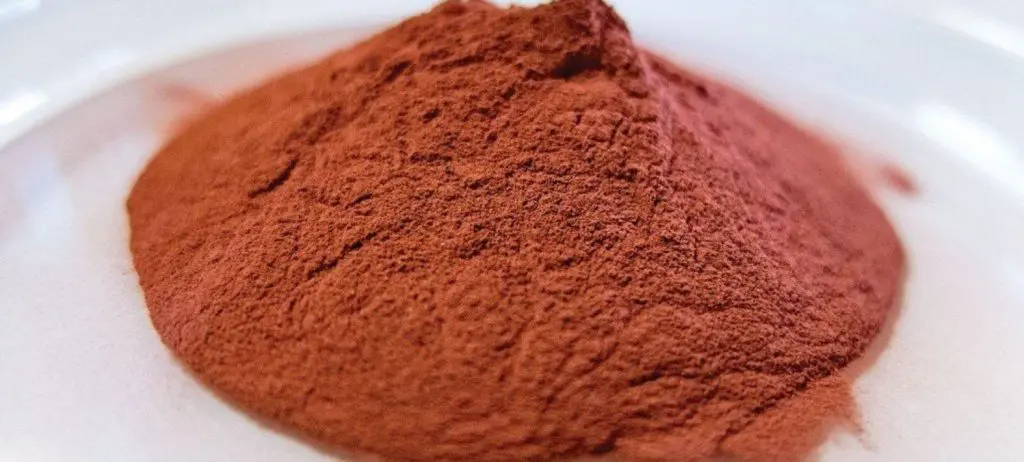Learn more about powders: must-know terms and concepts

Crushing/grinding/pulverizing
The process of reducing particle size.
Dry grinding
The process of crushing in air or other gaseous media.
continuous grinding
The process of continuously and evenly feeding the materials to be processed into the crushing device (or system), and at the same time, the crushed materials are discharged in time.
surface grinding
Under the action of external forces such as friction and shear, the grinding process is mainly based on surface grinding and peeling.
impact grinding
The crushing process is realized by utilizing the impact of the high-speed moving working parts of the crushing equipment on the material or the impact of the high-speed moving material and the wall.
Jet pulverizing
The high-speed jet formed by the expansion and acceleration of compressed gas through the nozzle causes impact, collision and friction between particles and between particles and the wall, thereby realizing the crushing process.
Crushing ratio/ratio of size reduction
The ratio of the characteristic particle diameters of the feed material and the discharge material during the crushing operation indicates the degree to which the particle size of the material is reduced after crushing.
grinding efficiency
The output rate of qualified products per unit energy consumption per unit time.
grinding balance
During the crushing process, the particle size of the powder material no longer continues to decrease and the specific surface area no longer continues to increase.
mechano-chemistry
Structural or physical and chemical changes induced by mechanical forces during the material crushing process.
grinding media
It is an object that is loaded in the mill and uses the impact, collision, shearing, grinding and peeling effects generated during its movement to crush the material.
Grinding aid
Additional additives to improve crushing and grinding efficiency.
Dispersant/dispersing agent
It is an additive that directional adsorbs on the surface of the treated particles to prevent them from aggregating with each other and maintain the stability of the particles within a certain period of time.
classification
The process of dividing a material into two or more particle size distribution levels.
Sieving
The process of grading using sieves.
fluid classification
The process of classifying liquid or gaseous media.
Dry classification/wind classification (dry classification)
The process of classification in air or other gaseous media.
gravity classification
The process of classifying particles based on the difference in their final settling velocity in liquid or gaseous media.
centrifugal classification
The process of grading based on the different trajectories of particles in the centrifugal force field.
Cut size
According to the particle size, the material is divided into coarse and fine particles and the separation limit particle size of the product.
classification efficiency
The degree of separation of coarse and fine grade products during the classification process is usually expressed by the ratio of the mass of the fine-grained material after classification to the mass of the graded material smaller than the cutting particle size. It is a measure of the quality of the grading operation. an important indicator.
surface treatment
A general term for processes such as particle shaping, surface modification, and surface coating.
particle functional design
The process of changing the morphology, structure and characteristics of particles for the purpose of material functionalization.
Particle shape modification
A process that changes the shape of particles.
sphericity
The process of processing irregularly shaped particles into spherical or approximately spherical particles.
Degree of sphericity
The particle shape is close to a sphere.
surface modification
The process of changing the surface properties of particles through the adsorption, reaction, coating or coating of surface modifiers on the particle surface.
wet modification
The process of surface modification of materials in a slurry with a certain solid-liquid ratio or solid content.
Dry modification
The process of surface modification of dry or dried powder materials.
physical coating
The process of surface modification using physical methods.
mechano-chemical modification
The process of surface modification is achieved with the help of strong mechanical force in the crushing process.
encapsulation modification
The process of surface modification by covering the surface of particles with a homogeneous and certain thickness film.
high energy surface modification
The process of surface modification using irradiation or radiation.
Surface modifying agent
Substances that modify the surface of particles.
surface coating
The process of forming inorganic coatings on the surface of particles.
